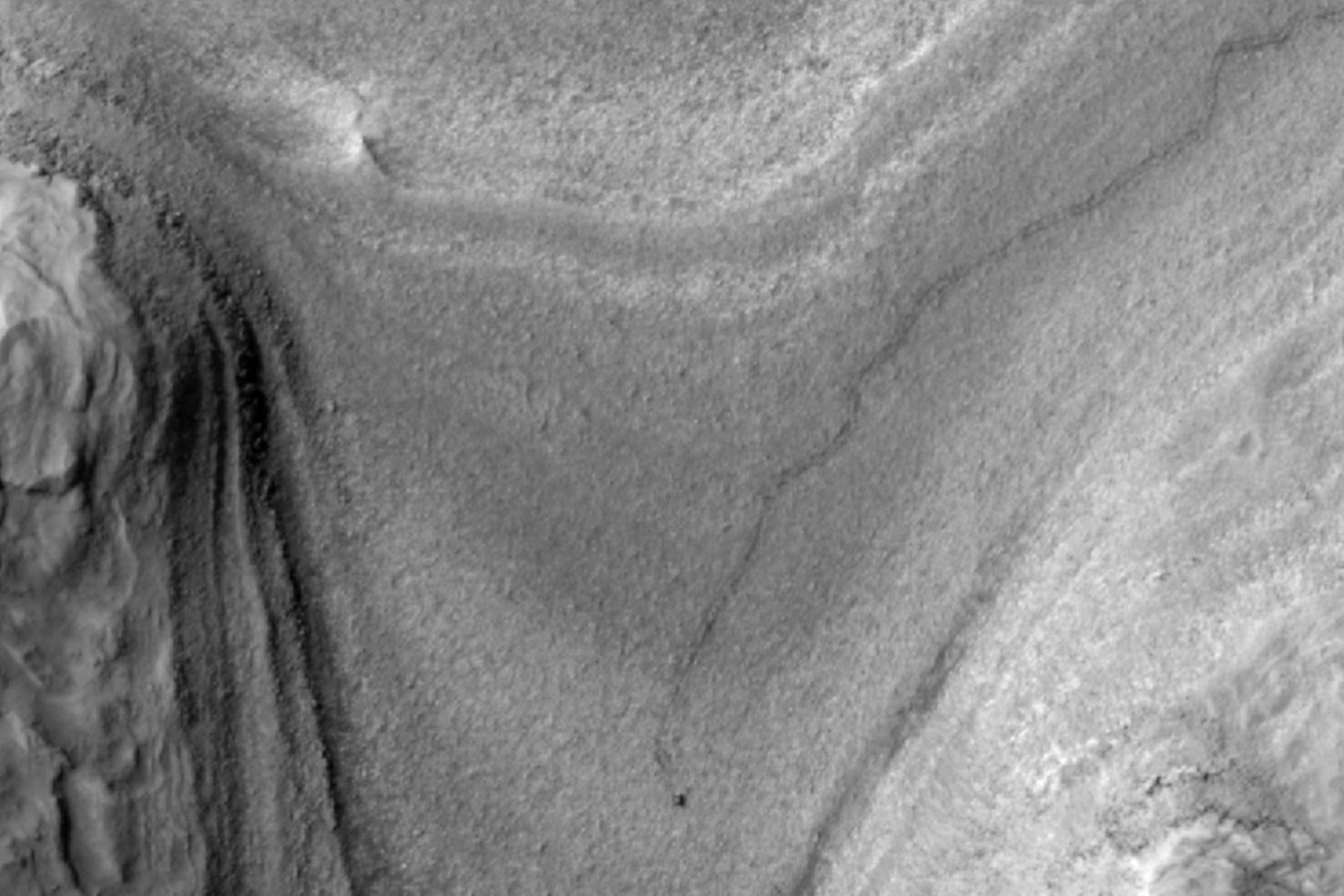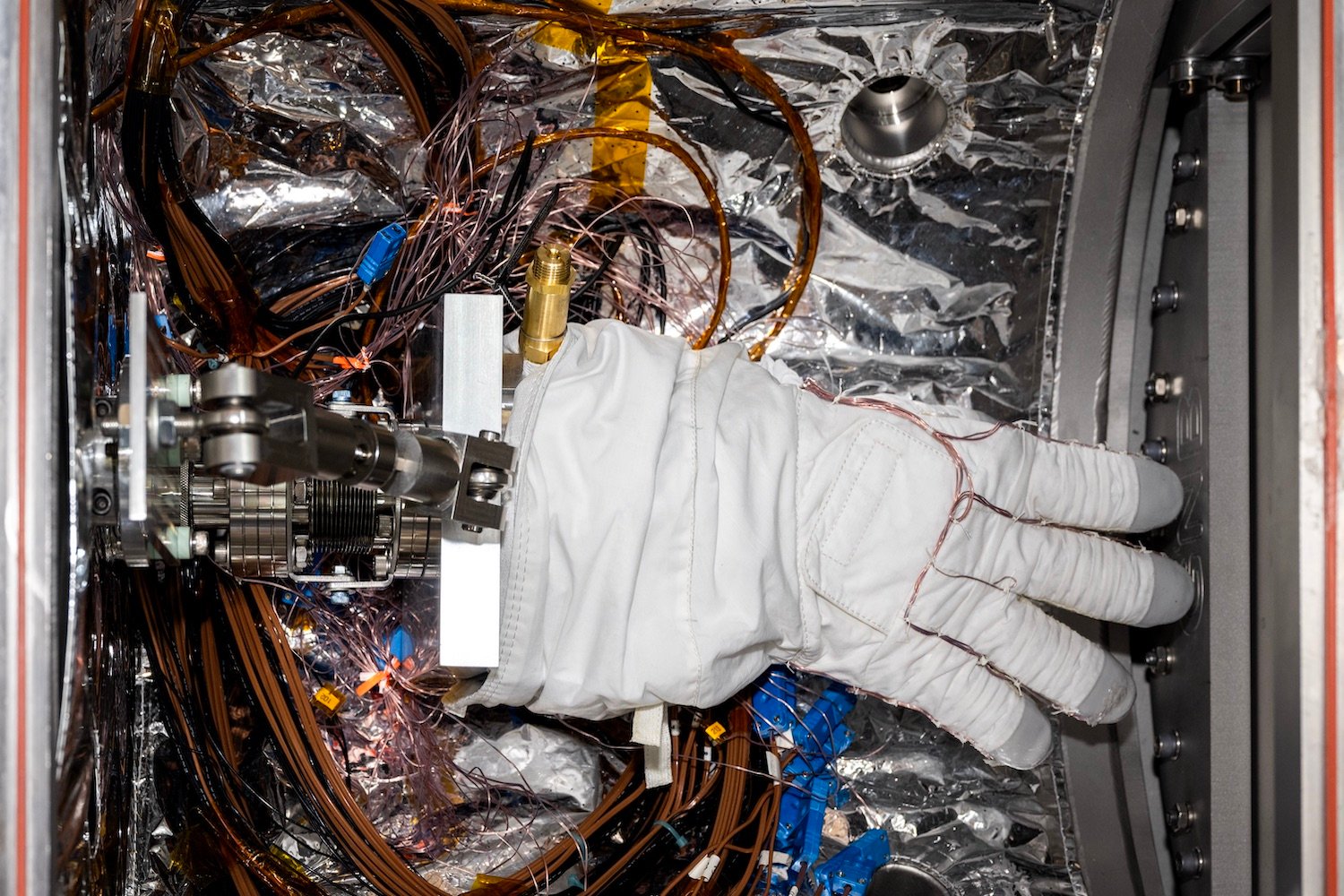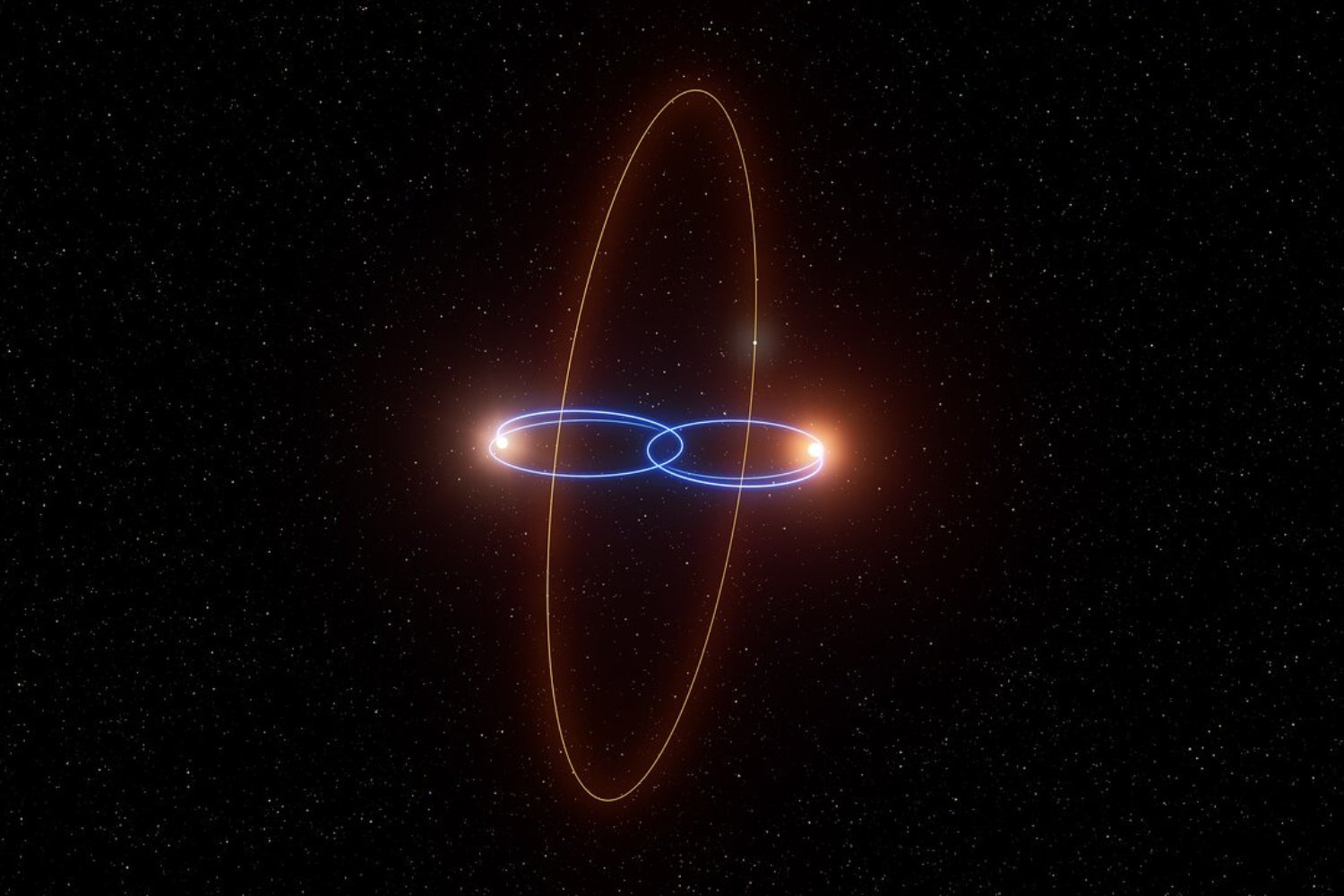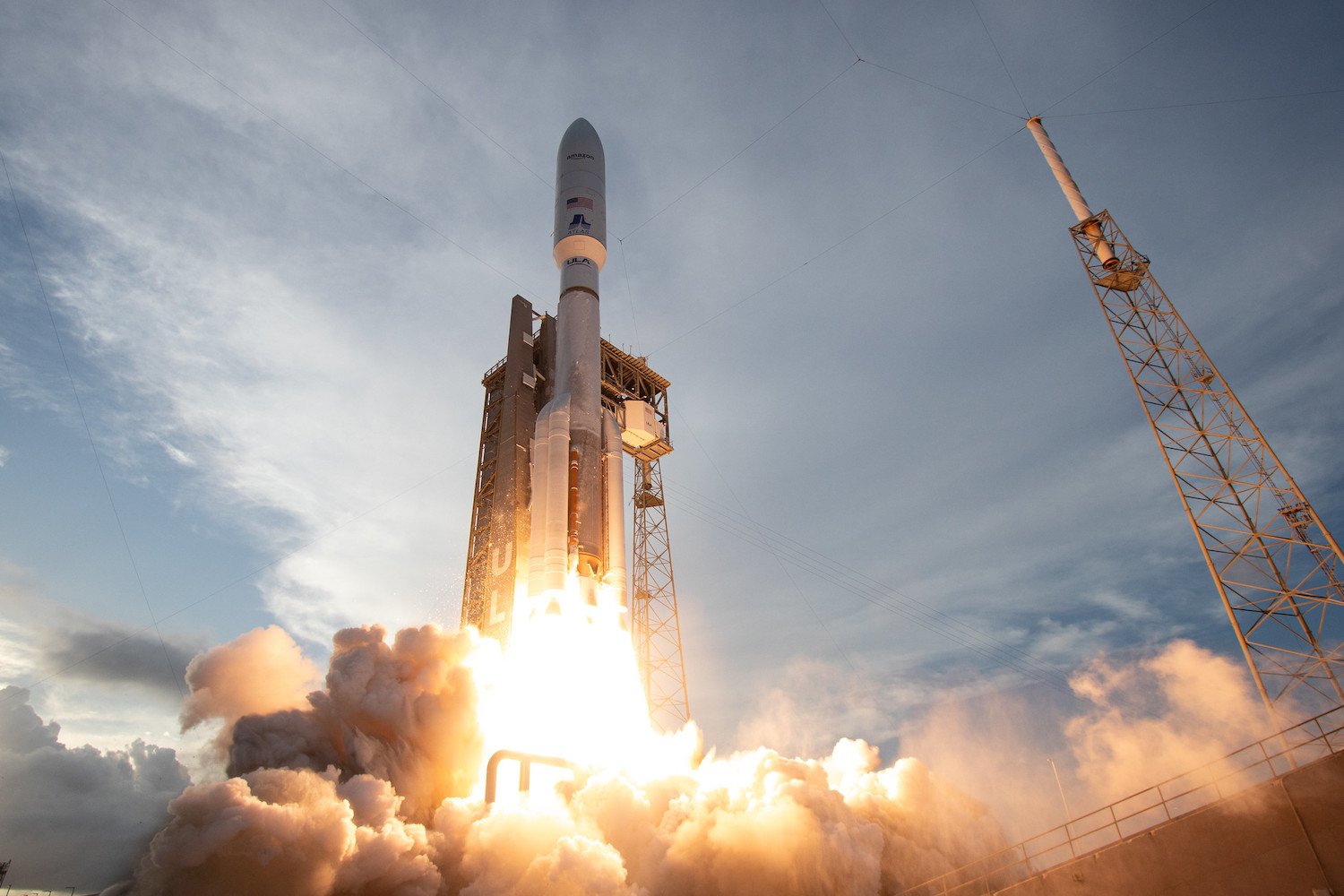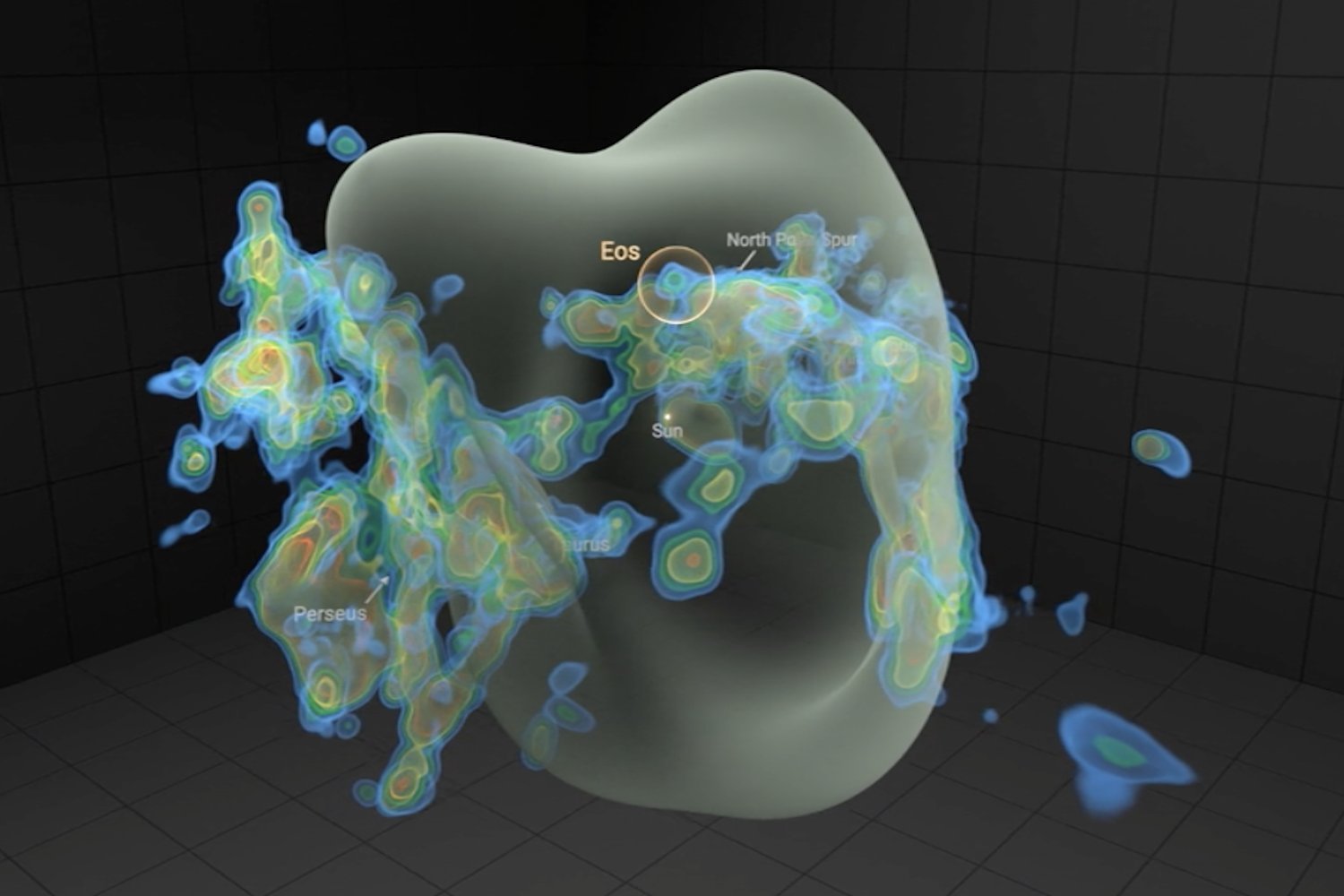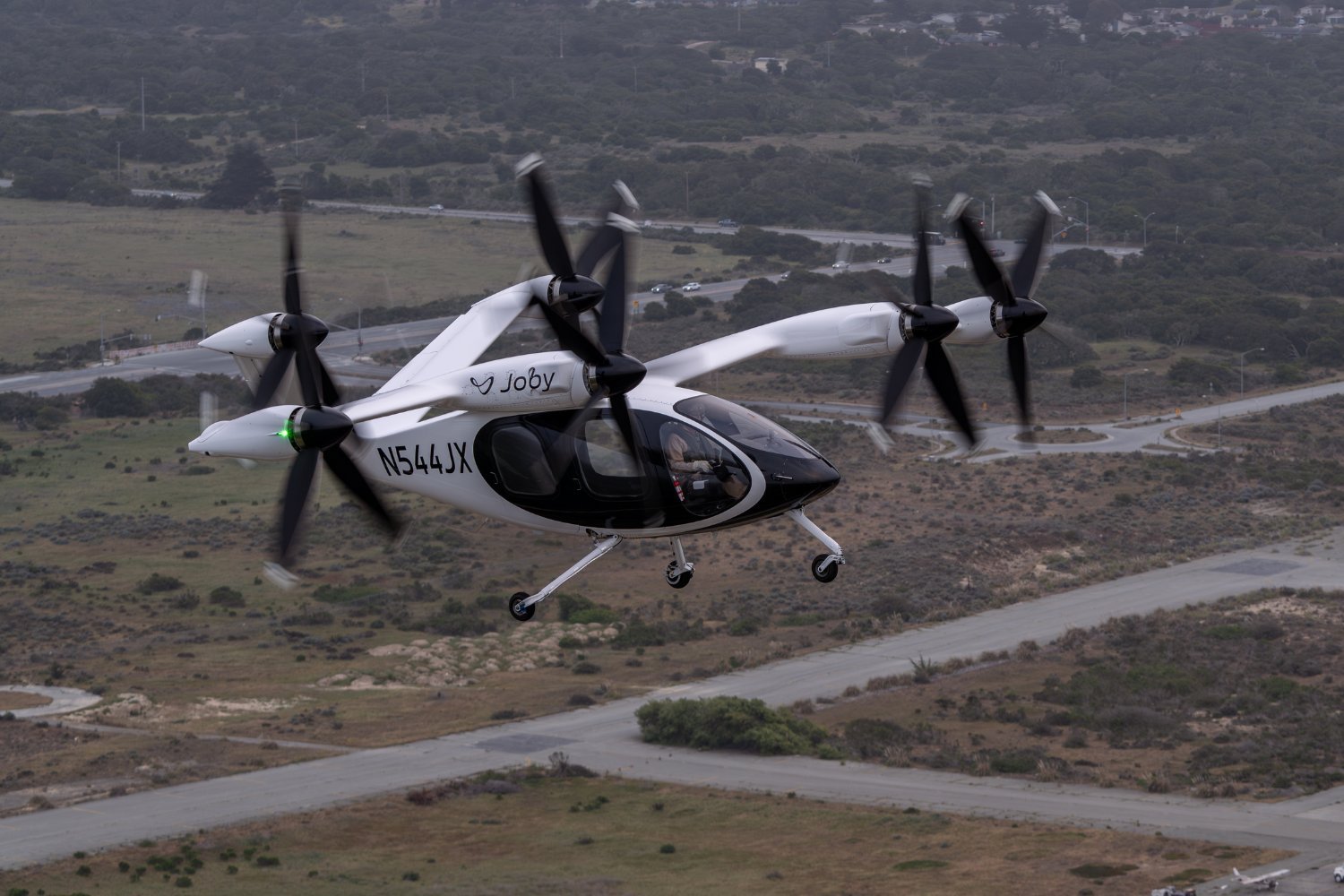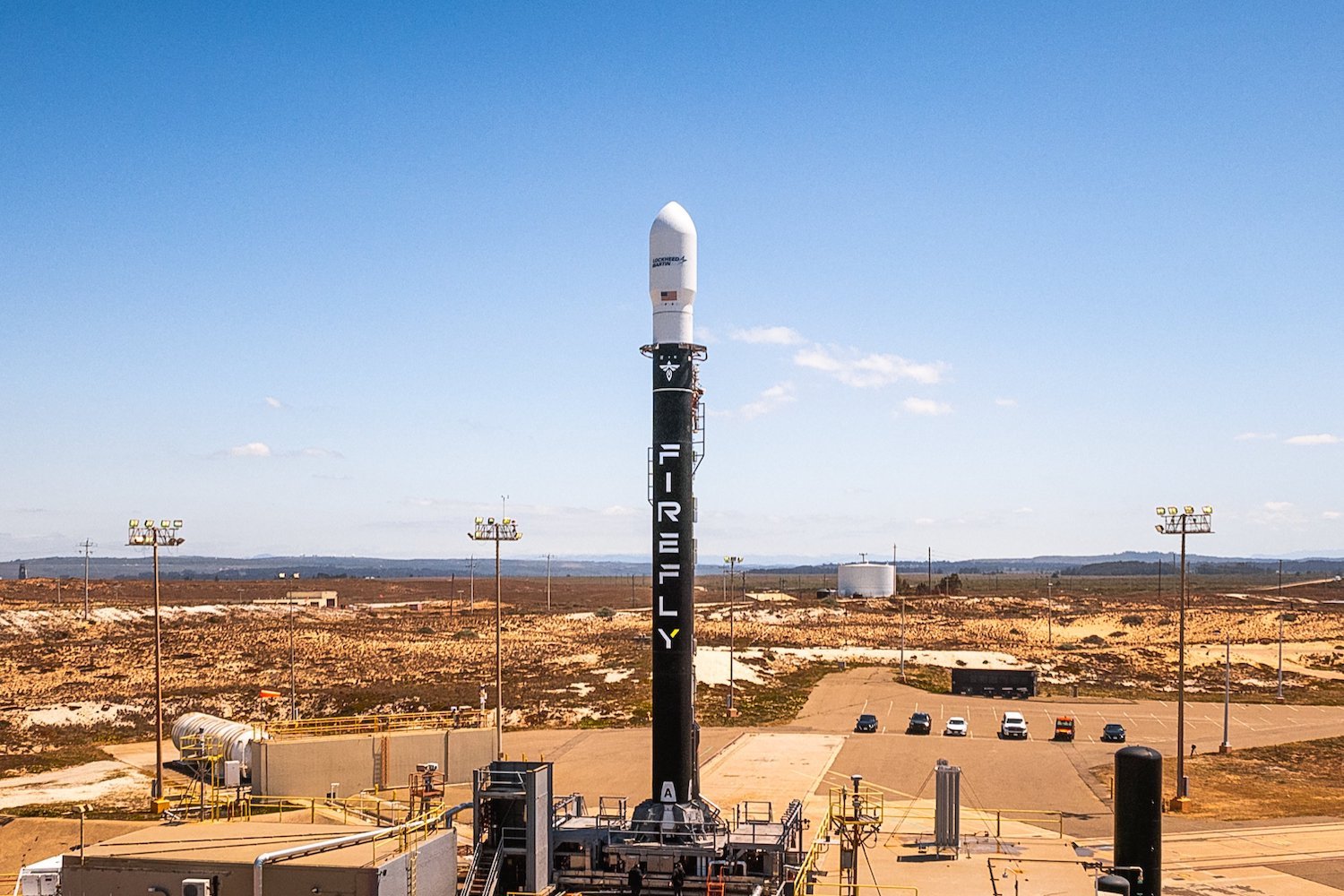The Curiosity rover has been spotted mid-drive by an orbiting spacecraft, marking a first in the exploration of Mars. This image captures a rare glimpse of human technology traversing the red planet’s desolate landscape.
The photograph, acquired on February 28, 2025 (Sol 4466), by the HiRISE camera on NASA’s Mars Reconnaissance Orbiter, reveals Curiosity as a small dark spot at the end of its tracks. These tracks, stretching approximately 1,050 feet (320 meters), mark the rover’s journey across the Martian surface. While HiRISE has imaged Curiosity before, this is the first time it has been captured mid-drive, specifically during a 69-foot (21-meter) maneuver. This was confirmed by correlating timestamps with the rover’s command logs. Curiosity’s top speed, a modest 0.1 mph (0.16 kph), might not break any speed records, but its reliability and independence from terrestrial refueling infrastructure are invaluable assets for Martian exploration.
Traversing the Martian Terrain
The tracks, imprinted over 11 drives since February 2, 2025, document Curiosity’s progress from the Gediz Vallis channel. Its destination: a rocky area potentially containing boxwork formations, geological structures possibly formed by ancient groundwater.
Ascending a Steep Slope
The recent image positions Curiosity at the base of a steep incline, which it has since ascended on its way to the targeted rocky region. The rover’s arrival time hinges on factors such as the terrain ahead, the navigation software, and the evolving plans of NASA engineers. These engineers remotely navigate the rover and collaborate with scientists to prioritize its scientific objectives.
A Monochromatic Martian View
Interestingly, HiRISE typically captures images with a central color strip. However, Curiosity’s position fell within the camera’s black-and-white zone during this particular capture. While a full-color image wasn’t possible this time, the resulting image remains a remarkable testament to human exploration. It showcases a solitary speck of human ingenuity, steadily climbing a Martian slope, observed from over 150 miles (241 km) above.



